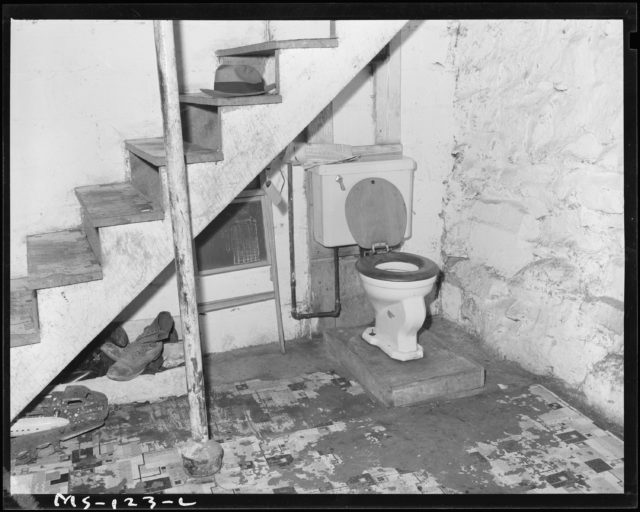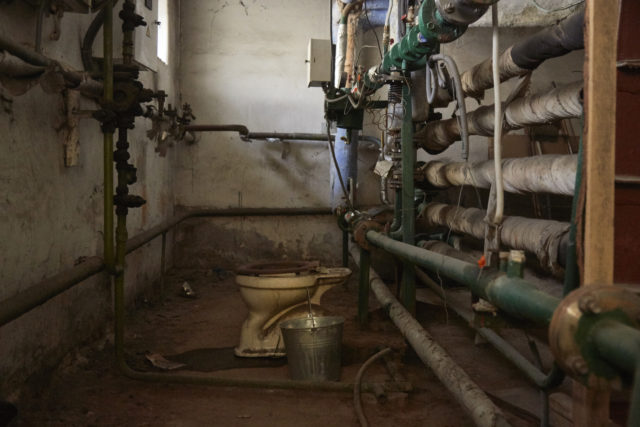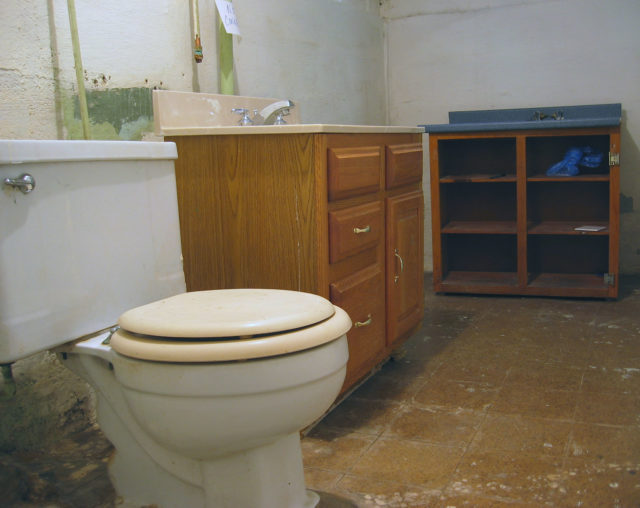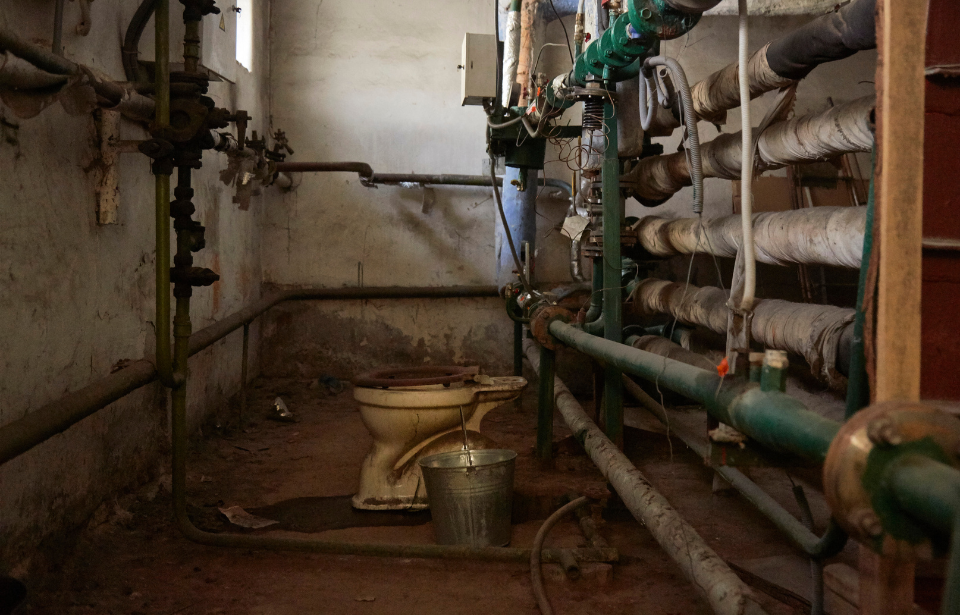In Pittsburgh, there are some homes that have two bedrooms, two baths, and an additional toilet in the basement. There is no sink to accompany this toilet, and no shower. It is simply a commode in the middle of the basement. These toilets were installed on purpose, but the reason for them is still contested today.
The ‘Pittsburgh potty’

A “Pittsburgh potty” is what you probably think it is. It’s a toilet. Located in the basement of homes built between 1880 and 1910, what makes the Pittsburg potty unique is that it is just a toilet. There are often no walls and no sinks. It’s just a lone toilet frequently found in the dark, damp basements of Pittsburgh, Pennsylvania homes.
The Pittsburgh potty is a distinct characteristic of pre-WWII homes, but is not necessarily only found in Pittsburgh. In fact, lone toilets can be found in the basements of homes in New York, New Jersey, and Oklahoma. However, it’s Pittsburgh that has adopted the toilet as an icon of the city and its culture.
They were used by steelworkers

The Pittsburgh potty became synonymous with the city through the area’s mining industry. Pittsburgh has a long history of trade work, particularly in steel, and the solitary toilet in the basement provided a purpose for workers who came home covered in filth. The lone toilet in the basement has been likened to a “historical mudroom.”
Stephen Cummings, a realtor in Pittsburgh, explained, “People say that mill workers came home, they were super dirty, they didn’t want to dirty the house, so they went in through the basement, showered in the basement and did their bathing in the basement and then came upstairs where the house was clean.” Additionally, these toilets may have also been used by the servants of homes that used the basement as their living quarters.
Many claim that steelworkers were not the cause of the toilets’ existence, but that they certainly helped to prolong their installation and use in homes. Ted Zellers, a photographer working on a coffee table book about Pittsburgh potties admitted, “Even though I don’t think it’s a cause of the toilets, I do believe it is a way that these toilets were used and valued by a lot of people.”
They battled outdated sewage systems

So what was the original reason for the Pittsburgh potty? As it turns out, they were installed as a solution for bad plumbing. Sewage systems in cities were rudimentary during the 19th and 20th centuries. As major cities like Pittsburgh began to grow, their sewage systems could no longer support the amount of fluid passing through. This resulted in a lot of sewers being backed up.
We all know what happens when sewers get backed up. Architect William J. Martin explains, “When a sewer backs up, it backs up into buildings. So the idea was to put a fixture in the basement where the line came into the street, so if there was a sewer backup, it would go there instead of the main house.”
More from us: Eight Abandoned Locations to Visit in Illinois
The “Pittsburgh potty” was never meant to be used in the first place. That’s why there were never any sinks or walls around them. They were to act as the first line of defense against a flooded sewage line. Thankfully, as sewage systems improved, the need for a lone toilet in the basement went away. However, many homeowners have chosen to keep their Pittsburgh potties in honor of the city. Some have even been converted into full basement bathrooms.
